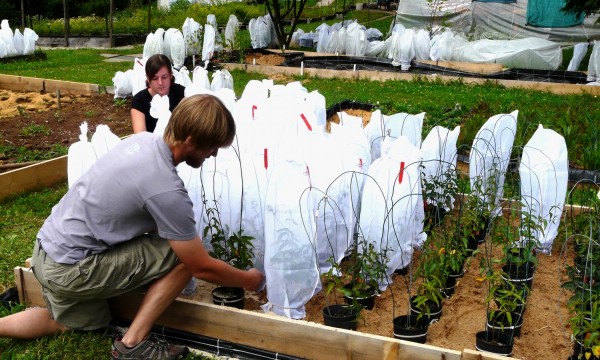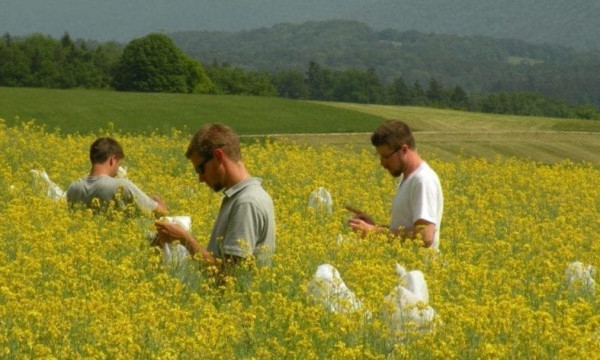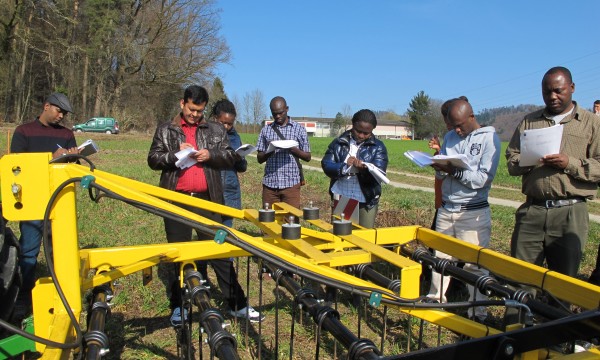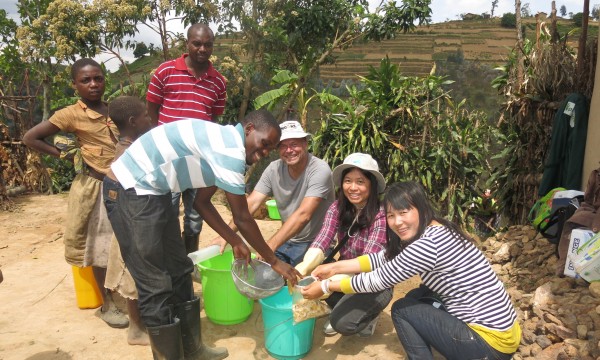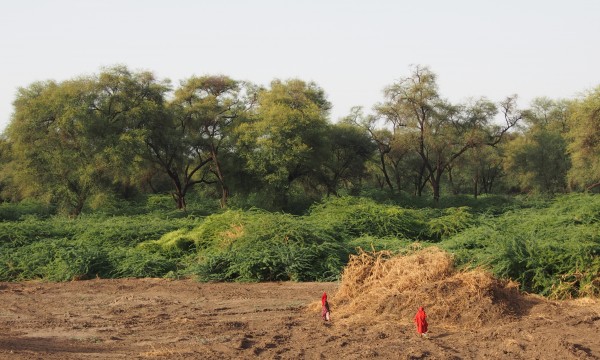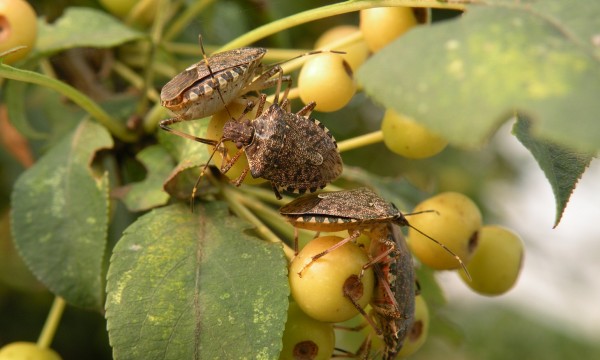As part of our work on invasive species, CABI assesses the risks and impacts of biological invasions. We develop risk and impact assessment tools for both plant pests and invasive species in collaboration with many European institutions. The team also looks at ways to mitigate the risks they pose to the environment and the economy.
Our research topics include the use of sentinel plants as tools for commodity risk assessments and for predicting plant pest invasions; ecological impact assessment tools for invasive species; climate modelling for plant pests; and the live plants trade as a pathway for invasive tree pests.
In addition, we carry out fundamental research on invasion ecology. This involves looking at the ecological impacts of invasive insect species, as well as on the mechanisms underlying them. Species we have studied include the horse-chestnut leaf miner (Cameraria ohridella), the harlequin ladybird (Harmonia axyridis), the box tree moth (Cydalima perspectalis) and the spotted-wing drosophila (Drosophila suzukii).
The team and key contact
The team working at CABI in Switzerland is led by Marc Kenis and includes researchers, René Eschen, Lukas Seehausen and Saidou Nacambo, and several PhD and MSc students, as well as temporary assistants. The team also collaborates closely with the CABI-MoA Joint Laboratory in China.

Marc Kenis
Head Risk Analysis and Invasion Ecology
T: +41 (0)32 4214884 E: m.kenis@cabi.org
Related Projects
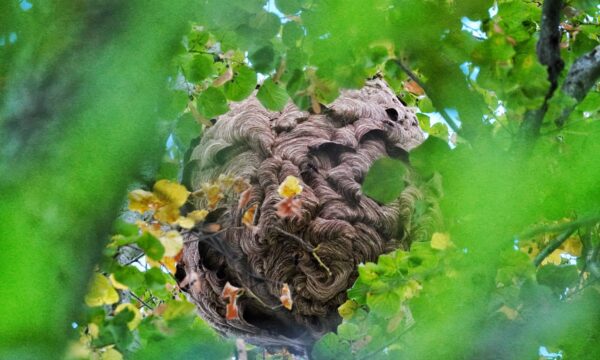
Fighting the yellow-legged Asian hornet in Switzerland
The yellow-legged Asian hornet, Vespa velutina nigrithorax, was first detected in central Europe in 2004 and has since established in many countries on the continent. This hornet is a predator of honey bees and other insects, threatening honey production, pollination services and biodiversity. With Switzerland facing the imminent invasion by the hornet, CABI was commissioned by the Swiss government to help with the preparation for the threat and the control of the first arrivals. This project aims to establish a monitoring system for the early detection of the Asian hornet, determine control strategies and use climate modelling to predict where in Switzerland the insect might settle.
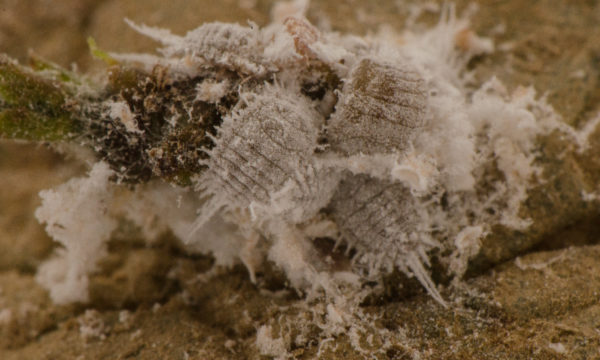
Biological control against the invasive Comstock mealybug in the Swiss orchards
A new invasive pest of particular concern to Switzerland’s orchard industry is the Comstock mealybug, Pseudococcus comstocki. Originating from Asia, the Comstock mealybug was first detected in 2016 in fruit crops of the Swiss canton of Valais. Following its detection, the mealybug has caused significant local economic damage to apricot, pear and apple production, especially during 2018 and 2019. Chemical control is one way of helping to fight the pest but it has produced mixed, and often, insufficient results. Biological control is another method and this project, therefore, aims to develop a sustainable and environmentally friendly, biological control method for the Comstock mealybug.

Managing the invasive threat to Europe’s forests
Over the last few decades, European trees and forests have experienced dramatic losses caused by introduced non-native invasive pests and pathogens. As part of an international project, CABI is developing cost-effective and environmentally friendly tools for the prevention, detection and control of the invasive threats to Europes forests.



